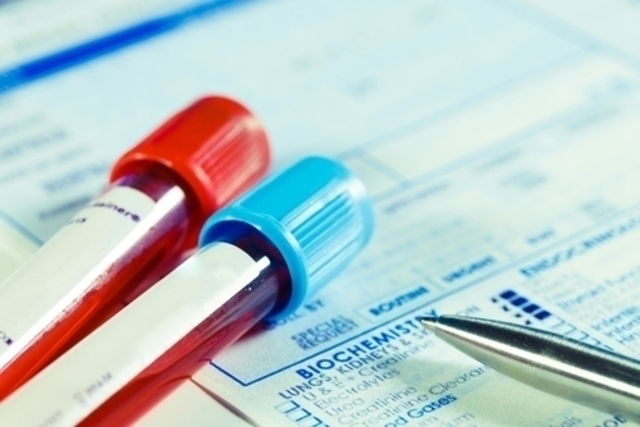What is it:
Bilirubin is a substance produced by the liver using hemoglobin that is released by destroyed or damaged red blood cells. It is then naturally eliminated through the stool and urine.
High levels in the blood are associated with conditions like autoimmune hemolytic anemia, hepatitis, gallbladder stones, and use of medications (like anti-inflammatories or antibiotics).
High bilirubin can be suspected in patients with symptoms like yellow eyes, yellow skin and dark urine (also referred to as jaundice). High levels are confirmed through a blood test that looks at total and fractionated bilirubin. It is important for the doctor to determine the underlying cause of high bilirubin so that the most appropriate treatment can be initiated.

Types of bilirubin
Bilirubin can be evaluated by looking at the results of the following tests:
- Indirect bilirubin: Also known as "unconjugated" bilirubin, this type is formed at the moment red blood cells become damaged. It is then transported to the liver.
- Direct bilirubin: This type is produced in the liver using indirect bilirubin. It is linked to a sugar (making it "conjugated"), and is metabolized by bile in the intestine for elimination through the stool and urine.
- Total bilirubin: This test looks at the total levels of all bilirubin (direct and indirect) in the blood.
Bilirubin testing is usually ordered to evaluate liver and gallbladder duct functioning. The doctor will usually order it if he or she suspects the presence of conditions that causes red blood cell destruction.
Blood test preparation
Generally, there is no preparation required for bilirubin testing. Some labs may recommend a 4-hour fasting prior to exam. It is important to report any medications you are on to the blood tech, especially propranolol or rifampin, as these can impact test results.
Normal ranges
Normal bilirubin levels are as follows: :
In newborns, normal bilirubin levels may vary after birth. Higher levels are expected in the first days of life, and start to decrease after the fifth day.
High bilirubin symptoms
High bilirubin levels will typically produce symptoms like:
- Yellow skin
- Yellow eyes
- Dark urine, similar to cola
Other symptoms, like abdominal pain, abdominal swelling, weakness, pale stools, nausea and vomiting, may also emerge. These are usually associated with problems in the liver, biliary ducts or blood. Learn how to identify symptoms of liver disease and when you should report them to your doctor.
Causes of high levels
High bilirubin levels usually be noted with excess bilirubin production or with difficulties in eliminating it. Causes will depend on the type of bilirubin affected:
High direct bilirubin
High direct bilirubin is usually associated with conditions that interfere with elimination of bilirubin. Some examples occur hepatitis, gallbladder stones, and primary sclerosing cholangitis. High direct bilirubin may also occur with narrowing of the biliary ducts, from tumors or surgery for example.
Some medications, like acetaminophen, antibiotics and anti-inflammatories can also cause high levels, especially when used without a doctor’s guidance.
High indirect bilirubin
Indirect bilirubin levels can become high with diseases that destroy red blood cells, like autoimmune hemolytic anemia, thalaessemia or hereditary spherocytosis. It can also occur with genetic mutations that interfere with the production of direct bilirubin, like Gilbert’s syndrome of Crigler-Najjar syndrome.
Some medications, (like rifampin, gentamycin and most anti-retrovirals) can cause high levels, as can very large bruises and blood transfusions.
High total bilirubin
High total bilirubin is caused by increased direct bilirubin, increased indirect bilirubin, or an increase in both. The underlying cause may vary, although it may be related to medications that impact the liver, hepatitis, cirrhosis or other blood diseases.
Low levels
Low bilirubin levels are usually not considered to be a problem. Healthy people will generally eliminate excess bilirubin without issue, and levels will maintain themselves at normal ranges.






























